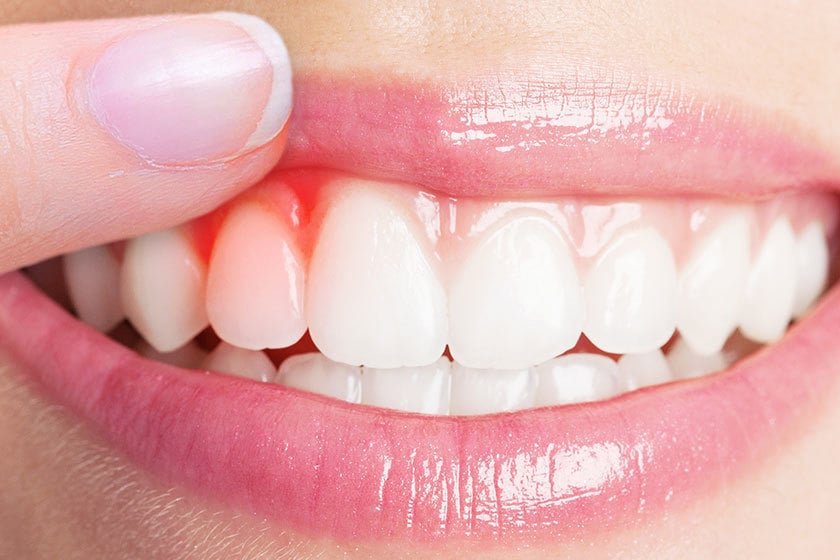What Is Gum Treatment?
Gum treatment includes various procedures aimed at maintaining healthy gums and preventing potential diseases. Gum diseases usually develop when bacteria cause plaque and tartar buildup on the gums. If left untreated, these conditions can lead to serious oral health issues, including tooth loss. Gum treatment is essential for preventing and managing conditions such as gingivitis (gum inflammation) and its more advanced stage, periodontitis.
Symptoms of Gum Disease
Early diagnosis of gum disease is crucial for maintaining healthy teeth and gums. Some common symptoms of gum disease include:
- Bleeding gums
- Swollen, red, or tender gums
- Gum recession (pulling away from the teeth)
- Bad breath or unpleasant taste in the mouth
- Enlarging gaps between teeth
- Loose or shifting teeth

Stages of Gum Treatment
Gum treatment methods may vary depending on the severity of the damage to the gums. Below are the main stages of gum treatment:
1. Scaling (Tartar Removal)
In the first stage, plaque and tartar on the teeth are removed using special tools. This procedure eliminates harmful bacterial buildup and helps soothe the gums.
2. Root Planing
After scaling, the surfaces of the tooth roots are smoothed. This process helps prevent bacteria from accumulating again and reduces the risk of reinfection.
3. Antibiotic Therapy
In cases of severe gum inflammation, the dentist may prescribe antibiotics either locally (applied directly to the gums) or systemically (taken orally) to control the infection.
4. Surgical Intervention (for Advanced Conditions)
For advanced gum disease such as periodontitis, surgical cleaning of the gums may be necessary. During this procedure, infected tissue within the gum pockets is removed to help restore healthy gum structure.
5. Gum Grafting
In cases of gum recession, a gum graft may be performed to rebuild the gum tissue. This helps restore both the function and aesthetic appearance of the gums.
Benefits of Gum Treatment
- Promotes healthy teeth and gums
- Prevents bad breath
- Helps avoid tooth loss
- Improves oral health and contributes positively to overall health
- Preserves the aesthetic appearance of the smile






Bir yanıt yazın